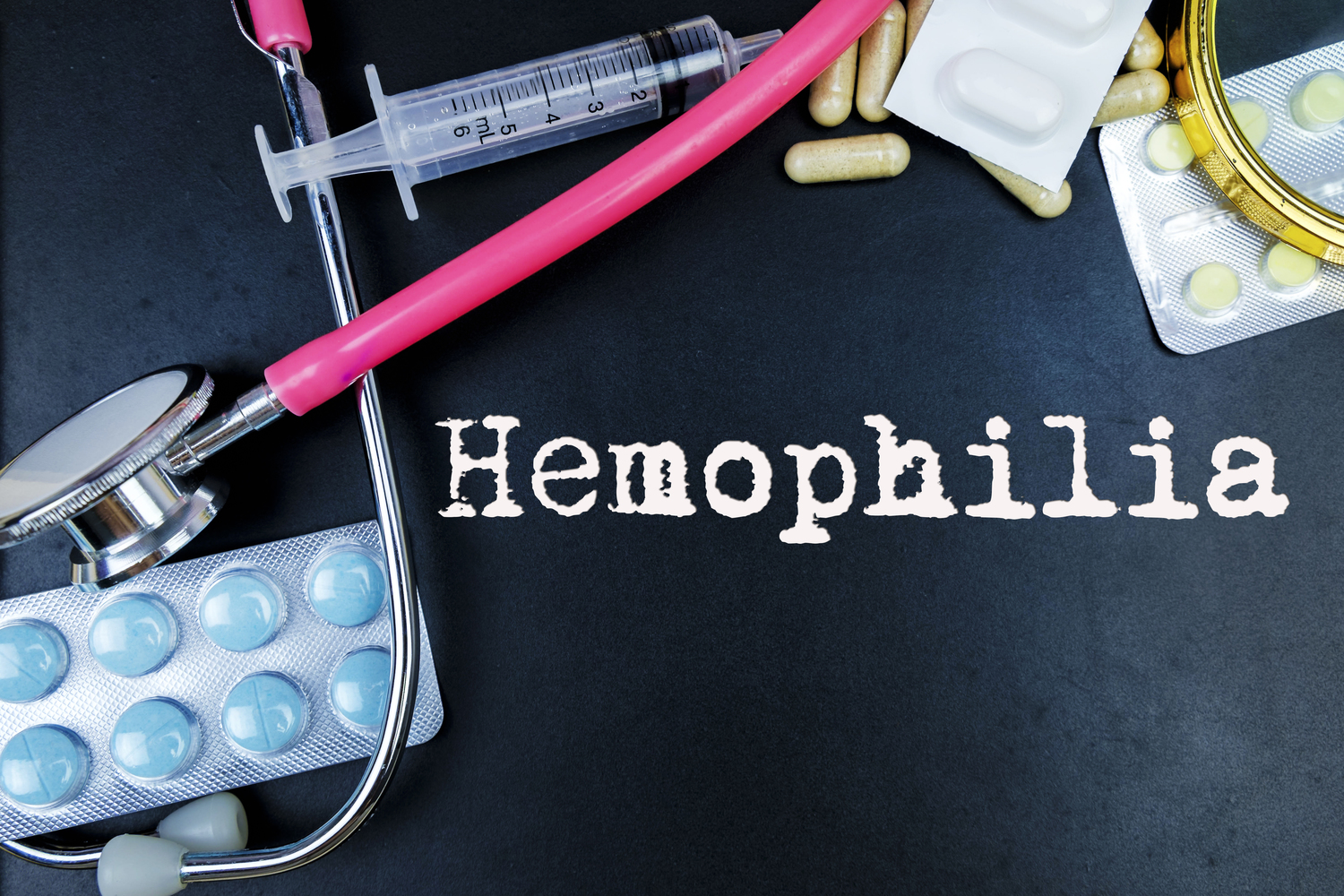
Hemophilia: Types, Signs, and Treatment
Hemophilia is among the rarest genetic disorders in the world. It results in the impairment of blood clot production, which means a patient with hemophilia is unable to stop bleeding. Hemophilia is a direct result of deficient blood-clotting protein, or anti-hemophilic factor, which should be at 100% to properly clot and stop bleeds. Approximately 1% of patients are affected by severe hemophilia. Because Hemophilia makes the blood clotting difficult, there are cases when a minor injury can be fatal to a hemophiliac patient, especially if that person is not aware of his or her condition. Prolonged bleeding, easy bruising, and interior bleeding inside joints are the most common effects of this disorder. Fatal injuries may include internal bleeding to the brain and other organs. Men are more prone to hemophilia compared to women. In fact, females who inherit hemophilia are usually “carriers” that can pass the disorder onto their male children.
Hemophilia occurs in several types, which are classified into three categories based on the defective clotting factor behind the disorder:
1. Type A hemophilia
Type A hemophilia is the most common type, affecting 1 in every 5,000 male patients. This type is caused by the missing or defective factor VIII protein and is inherited. One-third of known cases are caused by a spontaneous genetic mutation, and more than 50% of type A hemophilia cases are severe. Females need to receive defective X chromosomes while males need only one to inherit this type.
2. Type B hemophilia
Type B hemophilia is caused by a missing or a defective factor IX protein. This type is much rarer compared to type A, but is also carried by the X chromosome. The effects are the same as type A, however, treatments for type B differ due to protein affected.
3. Type C
Type C hemophilia is the rarest hemophilia type. It’s so rare that even researchers don’t know much about this type. However, this type can affect both male and female hemophiliacs equally and is inherited through an autosomal recessive pattern. in the U.S., type C hemophilia affects 1 in every 100,000 adults.
Hemophilia is considered a lifelong condition that’s treated by prophylaxis, or pro-active approaches to prevent the disease, including:
1. Protein replacement therapy
One of the main treatments for hemophilia is replacement therapy, which is done by slowly dripping or injecting VIII or IX factor into a vein. This therapy literally replaces the mixing or low-level factors that prevent blood clotting. The drip is usually made up of human blood, however, the risk of contracting an infectious disease is very low.
2. Hemophilia medications
Hemophilia medications are usually administered based on the type of hemophilia a person has, for instance:
- Drugs such as antihemophilic factors (i.e., Advate) are recommended for those who have type A hemophilia.
- Coagulation factor IX (i.e., BeneFix) are typically prescribed by patients with type B hemophilia.
- Although treatment for type C hemophilia isn’t necessary, except if the patient undergoes surgery, treatments many include having fresh frozen plasma or factor XI nearby if necessary. Tranexamic acid (i.e., Cyklokapron) may also be used after a bleeding incident.


